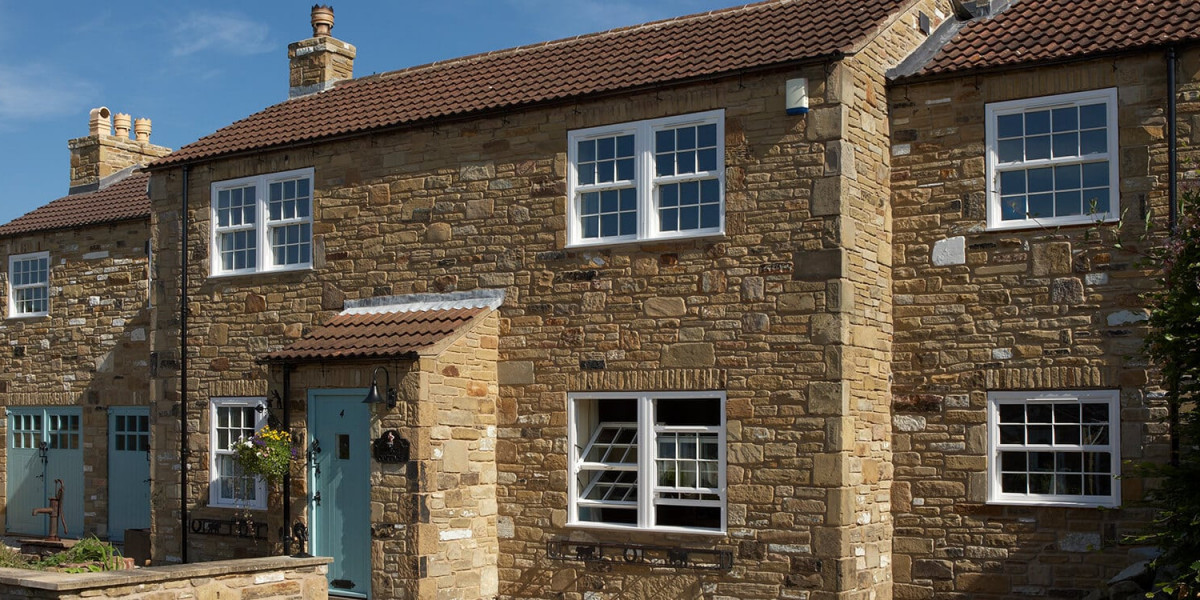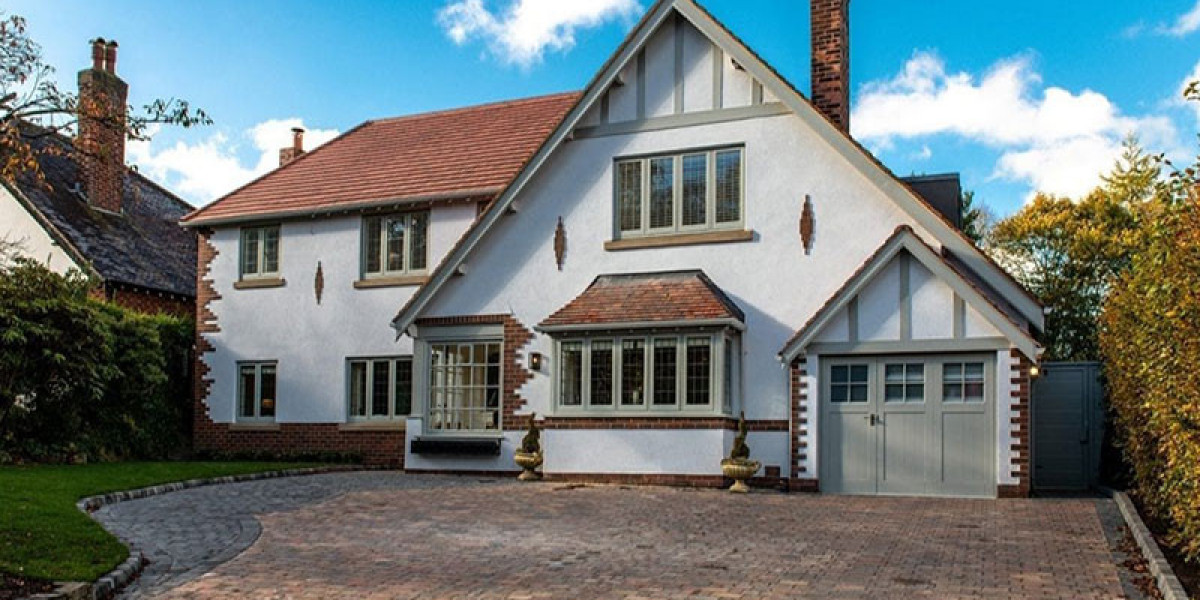Introduction
Window installation is a critical aspect of building construction and renovation, impacting energy efficiency, aesthetics, and overall comfort within a structure. This report delves into the various facets of window installation, including types of windows, preparation processes, installation techniques, and post-installation considerations. The goal is to provide a comprehensive understanding of the window installation process and its significance in modern construction practices.
Types of Windows
Before diving into the installation process, it is essential to understand the different types of windows available in the market. The choice of window type influences not only the aesthetics of a building but also its energy efficiency and functionality. The most common types of windows include:
- Single-Hung Windows: These windows have a fixed top sash and a movable bottom sash, allowing for ventilation from the bottom.
- Double-Hung Windows: Both sashes in double-hung windows can be opened, providing better ventilation and ease of cleaning.
- Casement Windows: Hinged on the side, casement windows open outward, offering unobstructed views and excellent ventilation.
- Sliding Windows: These windows slide horizontally along tracks, making them ideal for spaces where opening outward is not an option.
- Bay and Bow Windows: These are multi-panel windows that extend outward from the building, creating a nook inside and enhancing natural light.
- Picture Windows: Fixed windows that do not open, designed to provide an unobstructed view and maximize natural light.
- Skylights: Installed in ceilings, skylights allow natural light to enter from above, enhancing the ambiance of interior spaces.
Preparation for Installation
Proper preparation is crucial for a successful window installation. This phase includes several steps:
- Assessment of Existing Windows: Before installation, it is essential to assess the condition of existing windows. This includes checking for rot, leaks, and structural integrity.
- Measurement: Accurate measurements of the window openings are vital. This ensures that the new windows will fit properly and function as intended.
- Choosing the Right Windows: Based on the assessment and measurements, selecting the appropriate window type and style is essential. Considerations include energy efficiency ratings, materials, and design preferences.
- Gathering Tools and Materials: A variety of tools and materials are needed for window installation, including a level, measuring tape, caulk, shims, screws, insulation, and possibly a saw for trimming.
Installation Techniques
The installation process can vary based on the type of window and the specific conditions of the building. However, the general steps involved in window installation are as follows:
- Removing the Old Window: If replacing an existing window, carefully remove it without damaging the surrounding structure. This may involve prying off trim, cutting caulk, and unscrewing the window frame.
- Preparing the Opening: Clean the window opening of any debris, old caulk, or insulation. Check the frame for any damage that may need repair before installing the new window.
- Dry Fitting the New Window: Place the new window into the opening without securing it to ensure it fits properly. Check for level and square alignment.
- Securing the Window: Once satisfied with the fit, secure the window in place using screws or nails. Ensure it is level and plumb before tightening all fasteners.
- Insulating and Sealing: After securing the window, add insulation around the frame to prevent air leaks. Use expanding foam or fiberglass insulation, and ensure it is packed tightly.
- Caulking: Apply caulk around the exterior perimeter of the window to create a weather-tight seal. This step is crucial for preventing water infiltration and improving energy efficiency.
- Installing Trim and Finishing Touches: Once the window is installed and sealed, reinstall or replace any interior or exterior trim. This enhances the aesthetic appeal and provides a finished look.
Post-Installation Considerations
After the installation is complete, several important considerations should be addressed:
- Inspection: Conduct a thorough inspection of the installed windows to ensure they operate smoothly and https://www.influencersgonewild.co.uk/blog/home-improvement-4/cost-vs-benefit-the-economics-of-window-replacement-in-harpenden-773 are sealed correctly. Check for any gaps or leaks that may need addressing.
- Cleaning: Clean the windows and surrounding areas to remove any dust, debris, or fingerprints left from the installation process.
- Energy Efficiency Checks: Evaluate the energy efficiency of the newly installed windows. This may involve checking for drafts and ensuring that the windows are functioning as intended.
- Maintenance: Establish a maintenance routine for the windows, including regular cleaning and inspections. This helps prolong the life of the windows and maintain their performance.
Conclusion
Window installation is a multifaceted process that requires careful planning, execution, and follow-up. Understanding the various types of windows, preparation steps, installation techniques, and post-installation considerations is essential for achieving optimal results. Properly installed windows not only enhance the aesthetic appeal of a building but also contribute significantly to energy efficiency and occupant comfort. As building codes and energy efficiency standards continue to evolve, staying informed about best practices in window installation will be crucial for homeowners and professionals alike.






